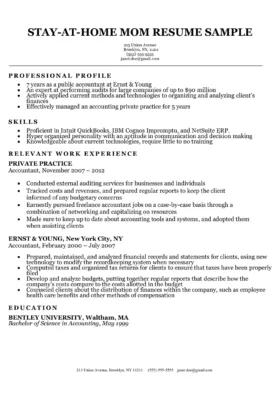Why a Cover Letter is Crucial for Stay-at-Home Moms
As a stay-at-home mom re-entering the workforce, a well-crafted cover letter is your secret weapon. It provides a crucial opportunity to address employment gaps, highlight transferable skills, and demonstrate your enthusiasm for the role. A resume alone may not fully capture the breadth of your experience or explain your career trajectory. The cover letter allows you to tell your story, showcasing your unique qualifications and how they align with the job requirements. It’s a chance to connect with the hiring manager on a personal level and make a compelling case for why you deserve an interview. A strong cover letter is often the deciding factor in getting your resume noticed and landing you an interview.
Highlight Your Skills
One of the most important things a cover letter can do is highlight your skills. As a stay-at-home mom, you’ve likely developed a vast array of skills that are highly transferable to the workplace. The cover letter allows you to connect these skills with the requirements of the job you’re applying for. Don’t just list your skills; demonstrate them with examples. For instance, if the job requires strong organizational skills, explain how you managed your household, children’s schedules, and various activities. Similarly, if the role needs someone with excellent communication skills, provide examples of your interactions with teachers, coaches, or other parents.
Transferable Skills from Motherhood
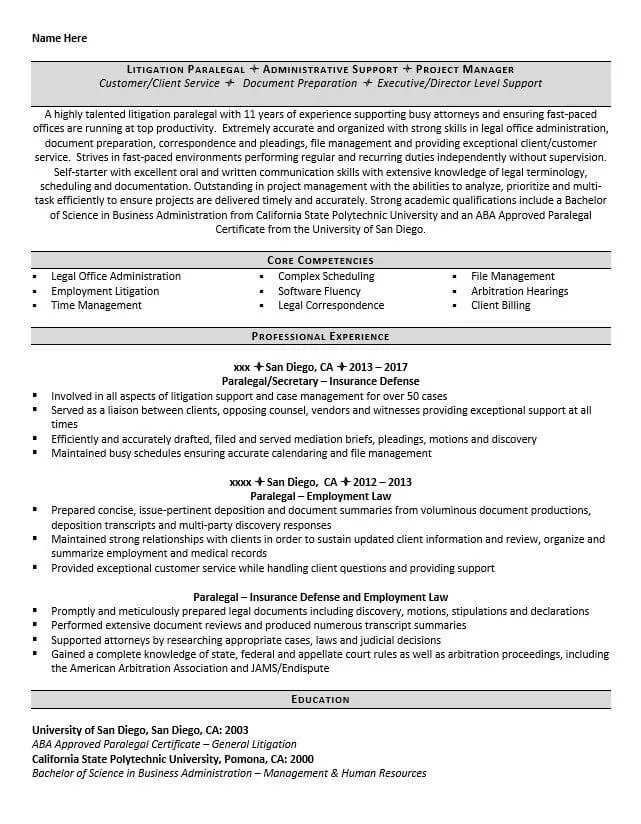
Motherhood equips you with many valuable, transferable skills. These skills are highly sought after by employers. These include multitasking, time management, problem-solving, conflict resolution, and leadership. A cover letter is the perfect place to showcase these. Mention how you managed multiple children, coordinated schedules, and handled unexpected situations. Think about how you’ve dealt with demanding personalities, resolved conflicts, and made decisions under pressure. These experiences translate directly into workplace competencies. Highlighting these skills in your cover letter shows employers that you are capable and ready to contribute to their team.
Quantify Your Achievements
Whenever possible, quantify your achievements in your cover letter. Instead of saying “Managed children’s activities,” provide specific details. For instance, “Coordinated and managed children’s activities for multiple children, saving the family X hours per week.” Or, if you volunteered, state the number of hours or the impact of your contribution. Quantifiable results make your skills and experience more concrete and demonstrate the value you can bring to the organization. Use numbers to show the scope of your accomplishments and give the hiring manager a clear picture of your capabilities. By providing hard data, you make your application more compelling and memorable.
Showcase Your Relevant Experience
While your resume may list previous employment, the cover letter allows you to delve deeper into your relevant experience and explain how it aligns with the job. Review the job description carefully and identify the key requirements. Then, in your cover letter, provide specific examples of how you’ve demonstrated those skills in the past. If you have volunteer experience, highlight it, showing how it relates to the role. If you have taken online courses or participated in any professional development, be sure to mention these as well. The goal is to connect your past experiences to the current job, making it clear that you are the ideal candidate.
Address Employment Gaps
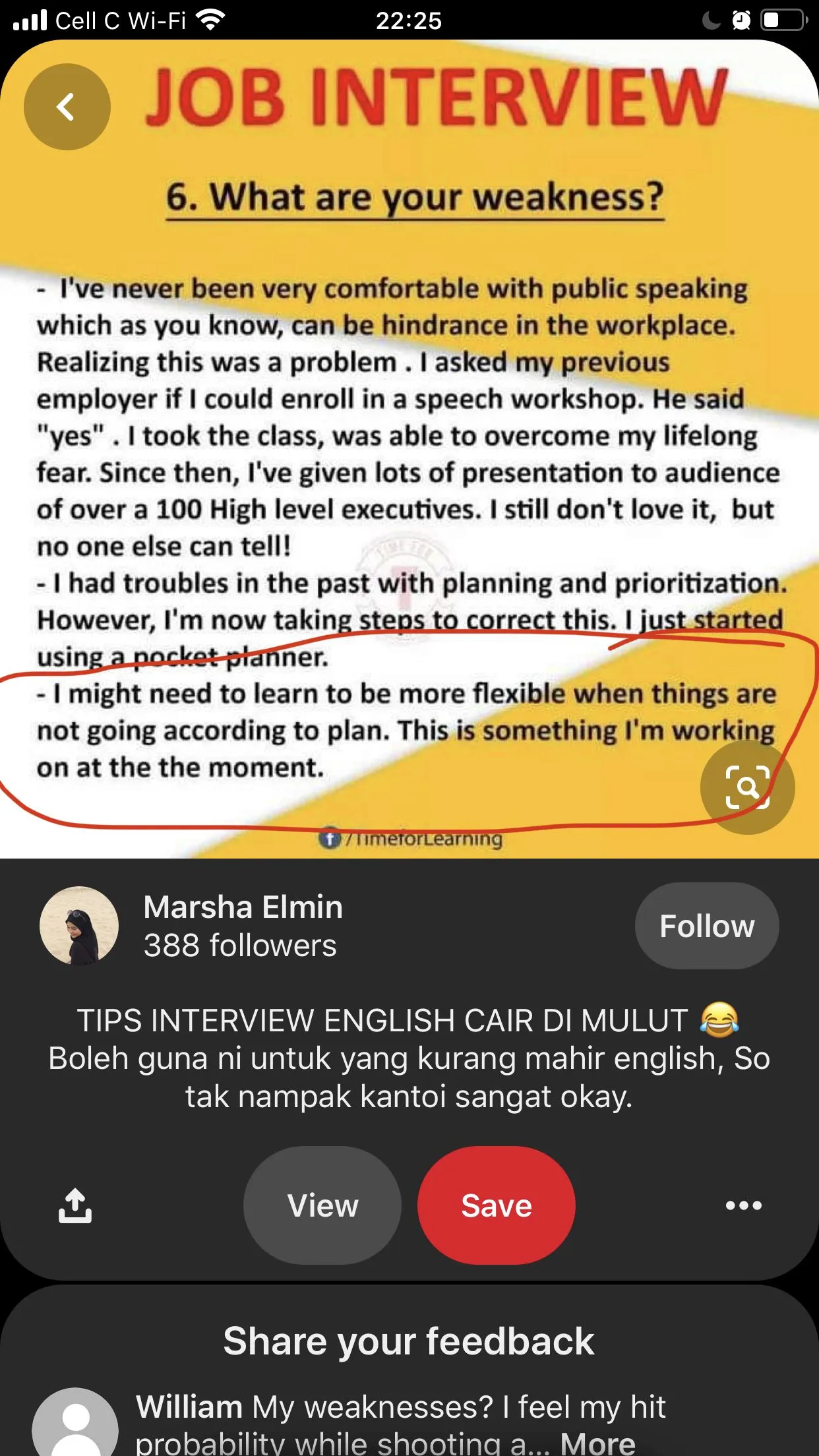
One of the most common concerns for stay-at-home moms is how to address employment gaps. The cover letter gives you the perfect opportunity to explain your time away from the workforce in a positive and proactive manner. Focus on what you’ve been doing during that time, such as raising a family and developing skills. If you took courses, volunteered, or worked on personal projects, highlight these. Frame the gap as a period of growth and development. Be honest, concise, and positive. For example, instead of saying “I was unemployed for five years,” try “During the past five years, I have focused on raising my children and developing valuable skills in [relevant areas].”
Explain Your Career Goals
Your cover letter should also provide insight into your career goals and why you are interested in the specific role. Express your enthusiasm for the opportunity and align your goals with the company’s mission. Explain why you are a good fit for the company and the position. This shows the hiring manager that you are not just looking for any job, but one that you are genuinely interested in and see as a long-term opportunity. You can mention where you see yourself in the future within the company. This demonstrates ambition and a desire for growth, making you a more attractive candidate.
Research the Company and Customize Your Letter
Sending a generic cover letter is a sure way to get your application tossed in the trash. You must research each company you apply to and customize your letter accordingly. Understand the company’s values, mission, and culture. Tailor your language to match their tone. Refer to specific projects or initiatives that resonate with you. This shows that you have taken the time to learn about the company and are genuinely interested in working there. If possible, mention specific people or departments you’d like to work with. Customization demonstrates effort and a genuine interest in the role, significantly increasing your chances of success.
Tailor Your Letter
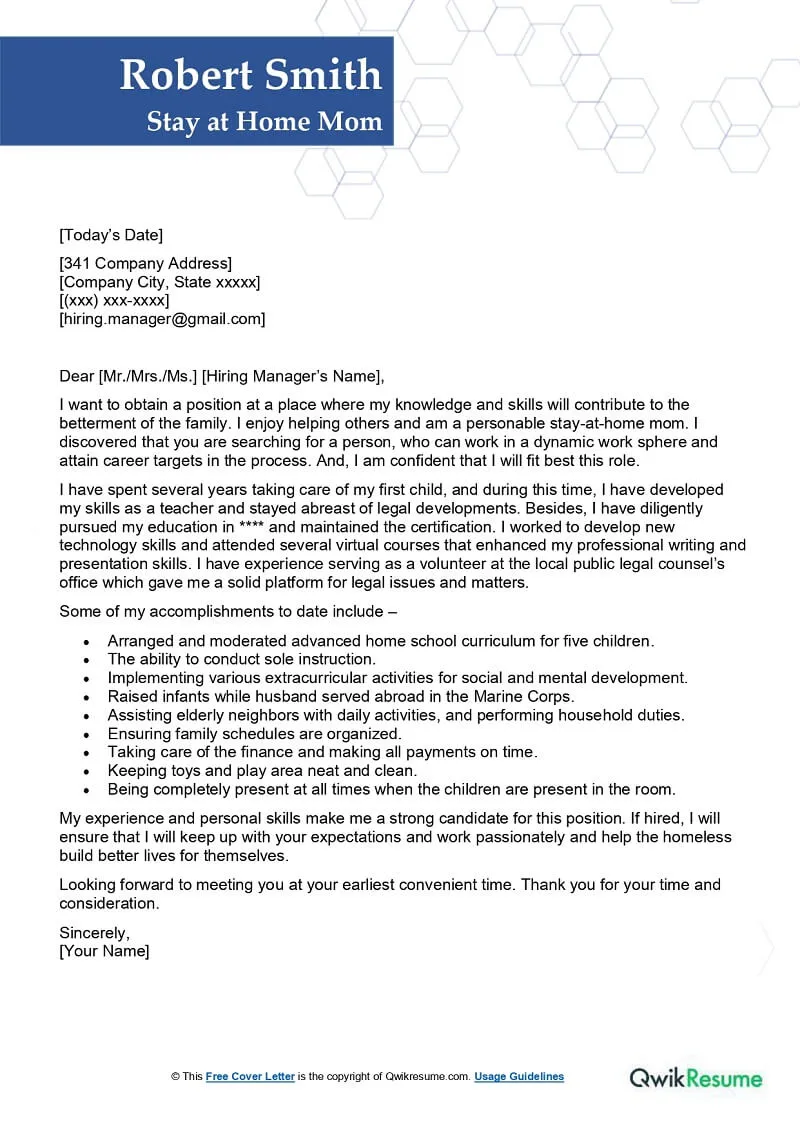
Tailoring your cover letter to the specific job is more than just mentioning the company name. It means highlighting the skills and experiences that directly align with the job description. Use the job description as your guide. Identify the key requirements and responsibilities, and then structure your letter to address them explicitly. Provide specific examples of how you have demonstrated these skills in the past, even if it was in a different context. The goal is to show the hiring manager that you possess the qualifications they are seeking. Make sure your cover letter is unique to each job application to maximize its effectiveness.
Use Keywords
Many companies use Applicant Tracking Systems (ATS) to screen resumes and cover letters. These systems scan for keywords, so including them in your cover letter is crucial. Carefully review the job description and identify the key terms and phrases. Then, incorporate these keywords naturally throughout your cover letter. Use the same language as the job description whenever possible. This helps your application get past the initial screening process and ensures it’s seen by a human. However, don’t overuse keywords; the letter should still read naturally and showcase your personality.
Proofread and Edit Meticulously
Before submitting your cover letter, proofread and edit it meticulously. Errors can reflect negatively on your professionalism and attention to detail. Take the time to read through your letter multiple times, checking for any typos, grammatical errors, or awkward phrasing. Ask a friend, family member, or career advisor to review your letter as well. A fresh pair of eyes can often catch mistakes that you might miss. Proofreading is essential for making a positive impression and showcasing your ability to communicate effectively. Errors can easily lead to your application being rejected, so don’t skip this crucial step.
Check for Grammatical Errors and Typos
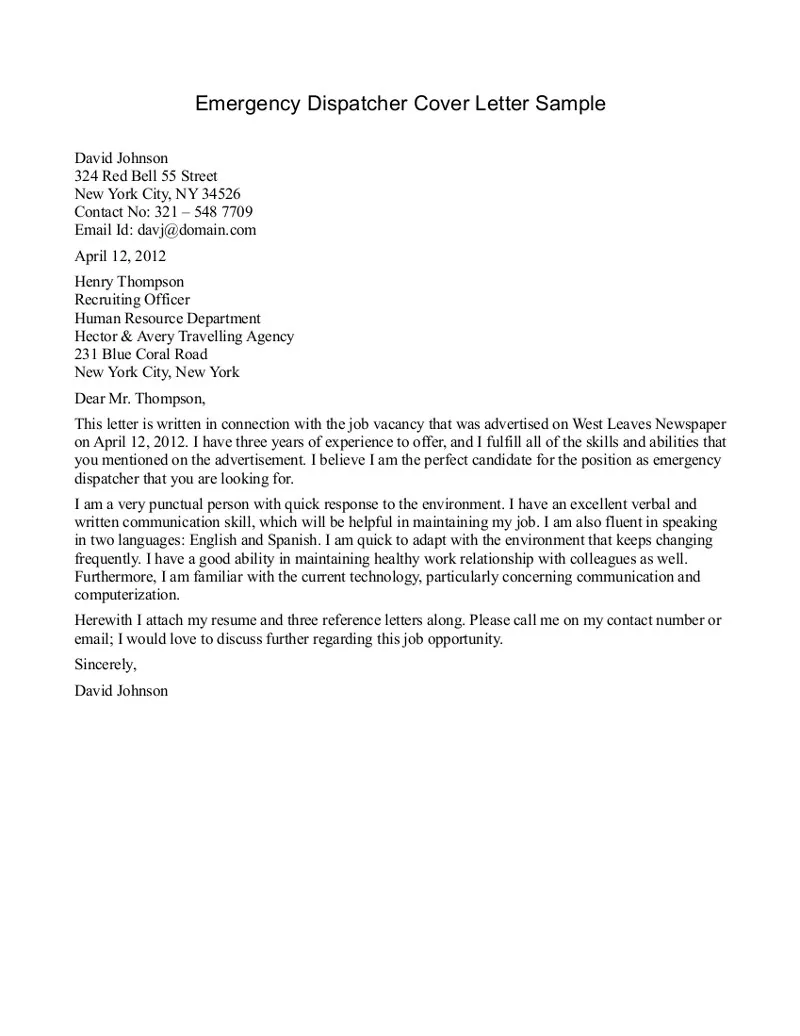
Grammatical errors and typos can undermine your credibility and make you seem unprofessional. Carefully review your cover letter for any mistakes. Pay attention to punctuation, subject-verb agreement, and correct word usage. Use a grammar checker, but also read the letter aloud to catch any awkward phrasing or sentences that don’t flow smoothly. Double-check the company name, the hiring manager’s name, and other specific details to avoid any embarrassing errors. These small details are crucial to ensuring that your application makes a good impression and highlights your attention to detail.
Get Feedback from Others
Ask trusted friends, family members, or career professionals to review your cover letter. They can provide valuable feedback on clarity, tone, and overall effectiveness. They can identify any areas where you could strengthen your message and suggest improvements. A second opinion can also help you catch any mistakes you might have missed. Be open to feedback and willing to make revisions based on the suggestions you receive. Getting feedback from multiple sources can help refine your cover letter and make it stand out to potential employers. A polished cover letter is essential to making a positive first impression.
Follow Up After Submission
After submitting your cover letter and resume, follow up with the employer. This shows your continued interest in the position and demonstrates your proactive nature. Send a brief email or make a phone call a week or two after submitting your application. Thank the hiring manager for their time and reiterate your interest in the role. Ask about the timeline for the hiring process and when you can expect to hear back. Following up can help you stand out from other applicants and increases your chances of getting an interview. It shows that you are genuinely interested in the position and committed to the hiring process.
